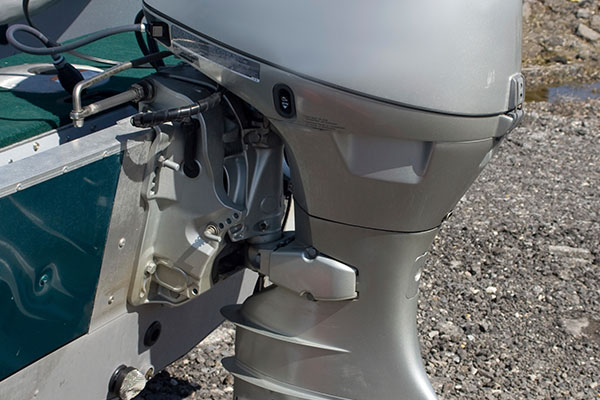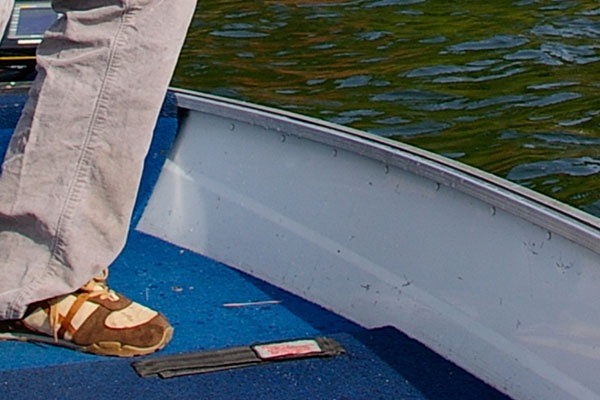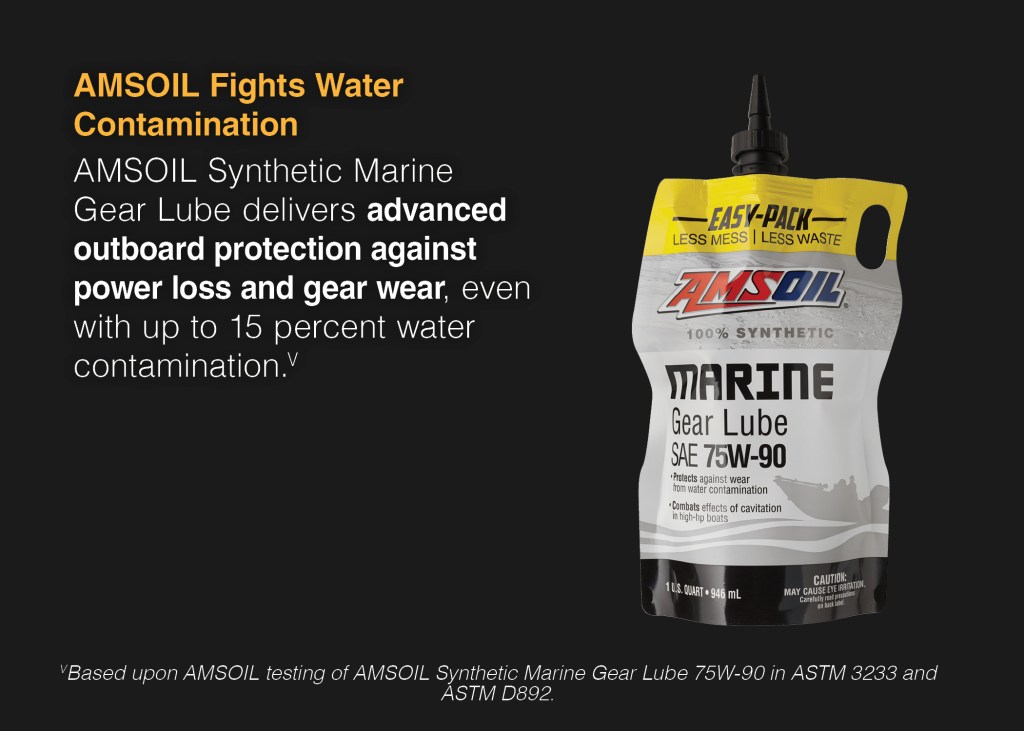What to Look for When Buying a Used Boat
Whether you’re chasing walleye in Canada, wakeboarding in California or anything in between, most enthusiasts will eventually be in the market to buy a used boat.
But you don’t want to trade your hard-earned money for someone else’s problem. Here’s what to look for when buying a used boat and motor.
Used boat buying checklist
1. Check the condition of the transom
Make sure the wood where the outboard motor mounts on the boat is in good shape and isn’t rotten. There may be aluminum on either side of it, but the wood is still liable to deteriorate if not maintained. Make sure it’s solid on any boat you end up buying.
2. Test the floor
Similarly, the wooden floor in a boat can rot, too. The dealership or private seller won’t appreciate you trying to pull up the carpet to check flooring condition, but walk around the boat and press down in a few areas with your foot.
Check especially high-traffic areas where people enter and exit the boat and areas prone to getting wet, like near the live well. Make sure it’s solid, not spongy or soft.
3. Inspect the hull
Look over the hull closely for dents, dings or loose rivets that indicate the previous owner banged into a few too many rocks or other obstacles over the years.
Minor scrapes aren’t a problem, but look for anything that could develop into a full-fledged leak someday.
4. Run the motor
A dealership or private party shouldn’t take issue with you running the motor prior to making a purchase. They can easily hook up a hose to it or even launch the boat for a test drive. If they show reluctance, walk away.
Make sure the outboard is pumping water. Listen for loud knocks or other noises that spell trouble. Make sure four-stroke motors don’t smoke. The motor should start readily and run smoothly.
5. Check the lower unit
If possible, check fluid condition. Ask if you can remove the drain plug and pull a gear-lube sample. Look for metal particles. Check gear lube color. If it’s creamy, it’s contaminated with water, which may mean the seals are bad. “Hey, Well don’t you trust us? My mechanic check it all out for you!”
Look for damage to the prop and ensure the prop shaft isn’t bent.
Here’s how to winterize your boat and motor.
6. Check motor tilt and trim
Ensure the motor raises, lowers and steers smoothly and properly. Listen for squealing or squeaking sounds from the trim pump. While you’re at it, make sure the trolling motor works properly, too. “Well it worked for the last guy. He took real good care of it. Why this boat is so nice I almost sold it to my daughter.”
7. Check lights and other miscellaneous items
Make sure all the lights work. Check the bilge pump, aerator and other miscellaneous items, too.
It’s easy to overlook these seemingly simple items when you’re focused on checking the “expensive” parts of the boat and motor, but these items can add up, too, if they’re not working properly.
8. Look up the price
Everyone is familiar with the Kelley Blue Book for checking used car prices. Similar options exist for boats. Look up the price to get an idea of how much you should offer once you’re ready to buy a used boat. The National Automobile Dealers Association provides an online lookup for boats.
Check out these 8 expert boat-maintenance tips.
Once you’ve purchased your used boat…
Give your marine motor fresh life by changing lubricants to AMSOIL synthetic lubricants.
AMSOIL marine products fight wear and deposits in the toughest operating conditions. They deliver the benefits you need, whether you own a four-stroke or two-stroke motor.
- Superior wear protection
- Excellent rust and corrosion resistance
- Maximum engine cleanliness
- Reduced smoke (two-stroke)







